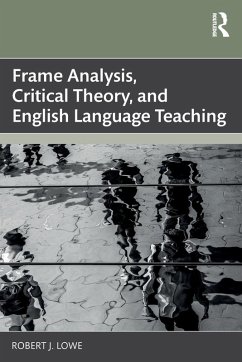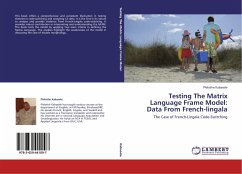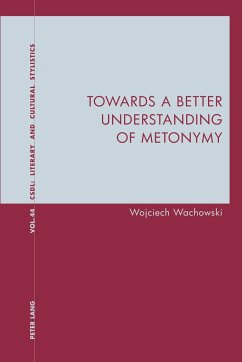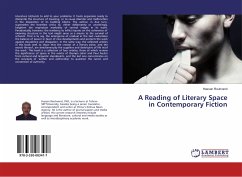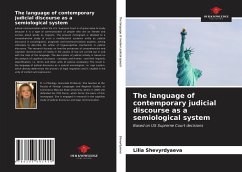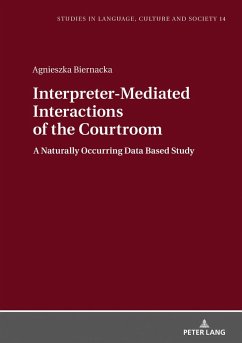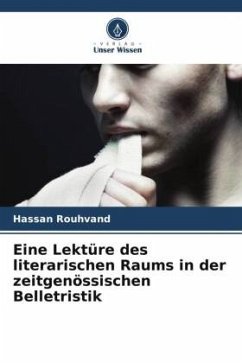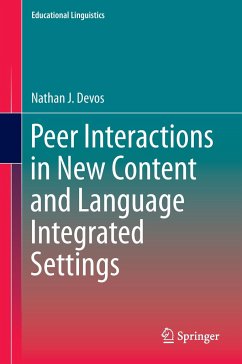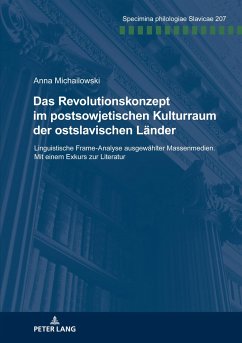
Frame Analysis of Writing Center Interactions
Discourse Analysis of Writing Center Tutorials with NS and NNS Students: Volubility and Questions
Versandkostenfrei!
Versandfertig in 6-10 Tagen
45,99 €
inkl. MwSt.

PAYBACK Punkte
23 °P sammeln!
The writing center (WC) interaction is one of theleast researched interactional situations even thoughit has become an important academic context which hasa sizable impact on students learning. This studyapplies the concepts of frame (Goffman, 1974) and contextualization cues (Gumperz, 1982) to thediscourse analysis of volubility (turn length anddistribution) and questions (question types andfrequencies) used in university WC interactionsinvolving native (NS) and nonnative speakers (NNS) ofEnglish. In actual WC practices, the collaborativeframe described in the by-now-traditional WC theoryinfl...
The writing center (WC) interaction is one of the
least researched interactional situations even though
it has become an important academic context which has
a sizable impact on students learning. This study
applies the concepts of frame (Goffman, 1974) and contextualization cues (Gumperz, 1982) to the
discourse analysis of volubility (turn length and
distribution) and questions (question types and
frequencies) used in university WC interactions
involving native (NS) and nonnative speakers (NNS) of
English. In actual WC practices, the collaborative
frame described in the by-now-traditional WC theory
influenced by social constructionism, the tutor s
frame, and the student s frame intertwine, and they
may often conflict with each other. The
research results reflect a gap between the
collaborative frame defined in the WC
theory and the actual WC practices, and suggest a
more flexible and realistic tutor training and
tutorial method to narrow the gap. Students and
scholars who are interested in discourse analysis,
second language acquisition, and/or WC practices in
universities will find this book useful.
least researched interactional situations even though
it has become an important academic context which has
a sizable impact on students learning. This study
applies the concepts of frame (Goffman, 1974) and contextualization cues (Gumperz, 1982) to the
discourse analysis of volubility (turn length and
distribution) and questions (question types and
frequencies) used in university WC interactions
involving native (NS) and nonnative speakers (NNS) of
English. In actual WC practices, the collaborative
frame described in the by-now-traditional WC theory
influenced by social constructionism, the tutor s
frame, and the student s frame intertwine, and they
may often conflict with each other. The
research results reflect a gap between the
collaborative frame defined in the WC
theory and the actual WC practices, and suggest a
more flexible and realistic tutor training and
tutorial method to narrow the gap. Students and
scholars who are interested in discourse analysis,
second language acquisition, and/or WC practices in
universities will find this book useful.




